Everyone needs a plan for retirement. The biggest opportunities and the best tax breaks come with employer-sponsored qualified retirement plans. Studies show that giving employees access to a qualified plan:
- Helps attract and retain skilled employees.
- Boosts employee morale and their financial security.
- Builds a strong financial base for the business owner’s own retirement.
Given the powerful benefits, what is holding business owners back? Why don’t they all already have a plan in place? Two obstacles are the usual culprits.
Fear of funding. During the good years, adopting a company retirement plan may seem very doable. But owners of small businesses know all too well that factors far outside their control can sometimes reverse their fortunes—a factor such as a pandemic that results in widespread lockdowns, just as an example. And should all the funding be on the employer’s shoulders?
Fear of the unknown. Company retirement plans are more complicated than, for example, just starting an Individual Retirement Account. There are employer responsibilities for the plan that go beyond paying for it, such as communicating with employees. How much new work will there be for the payroll department? What will be the employer’s responsibility for the investments? What are the implications for IRS reporting? Once a retirement plan is adopted, it is more or less permanent, so it’s not a commitment to be taken lightly.
Understanding plan options for small businesses can help alleviate some of these concerns and get small businesses on track to start their own plan.
SEP-IRA
The Simplified Employee Pension Individual Retirement Arrangement, commonly referred to as the SEP-IRA, allows employers to set aside substantial amounts of money for their employees’ retirement.
Employees. All employees who are 21 or older, who have worked for the employer for at least three of the last five years, and who have at least $600 in annual compensation from the employer must be covered by the plan. Employees do not contribute to the SEP-IRA.
Employer. Annual SEP-IRA contributions are not required from the employer, so, in a sense, the SEP-IRA operates like a profit-sharing plan. During a bad year, the contribution may be skipped. When an annual contribution is made, all eligible employees must receive the same contribution as a percentage of their compensation.
Filing requirement. The IRS has a standard form for adopting an SEP-IRA, and once it is established no additional filings are needed.
SIMPLE IRA plans
The Savings Incentive Match Plan for Employees Individual Retirement Account, generally known as a SIMPLE IRA, provides a method for employees and employers together to set aside funds for retirement. They are available only to employers who have 100 or fewer employees.
Employees. All employees who receive at least $5,000 in compensation from the employer during any two preceding calendar years must be eligible to participate in the plan. Employee contributions are made on a salary-reduction basis, before taxes. Employees are not required to contribute.
Employer. The employer has choice in making annual contributions. In the usual case, the employer provides a dollar-for-dollar match of each employee’s deferral, up to 3% of covered compensation. Alternatively, the employer may make a nonelective contribution of 2% of covered compensation for each employee, whether the employee makes a deferral or not. In limited cases, the matching contribution may be temporarily reduced to 1% of covered compensation, but some employer contribution will be required every year, even if there are no profits.
Filing requirement. The IRS has a standard form for adopting a SIMPLE IRA plan, and once it is established no additional filings are needed.
401(k) plans
The 401(k) is undoubtedly the most well known. That’s because more than a half million such plans already cover more than 100 million participants at companies of all sizes.
These plans are more complicated. Nondiscrimination rules come into play, so that benefits do not accrue disproportionately to the highly paid employees. There will be reports to be filed with the IRS.
However, most of this complexity can be handled by the providers of plan services.
How to get started
Partnering with the right team, such as the Arvest Wealth Management Retirement Plan Consulting group, makes the process simple.
Our team could meet with you to review the suitability of various plans given the size of your business. We can explain the costs of each plan variation and the benefits it can provide you and your employees.
Should you decide to proceed, we’d educate your employees through group enrollment and education meetings and one-on-one assistance in planning for financial needs. We would also provide complimentary goal-based financial planning.
Our team services all types of retirement plans, including 401(k)s, 403(b)s, 457, Cash Balance, and defined benefit plans, and we provide these services for companies of all sizes. We would be pleased to help you find a solution that fits the size, needs and business objectives of your organization.
Arvest Wealth Management does not offer tax or legal advice – consult a professional. This content has been provided by Merrill Anderson and is intended to serve as a general guideline.
© 2020 M.A. Co. All rights reserved.


